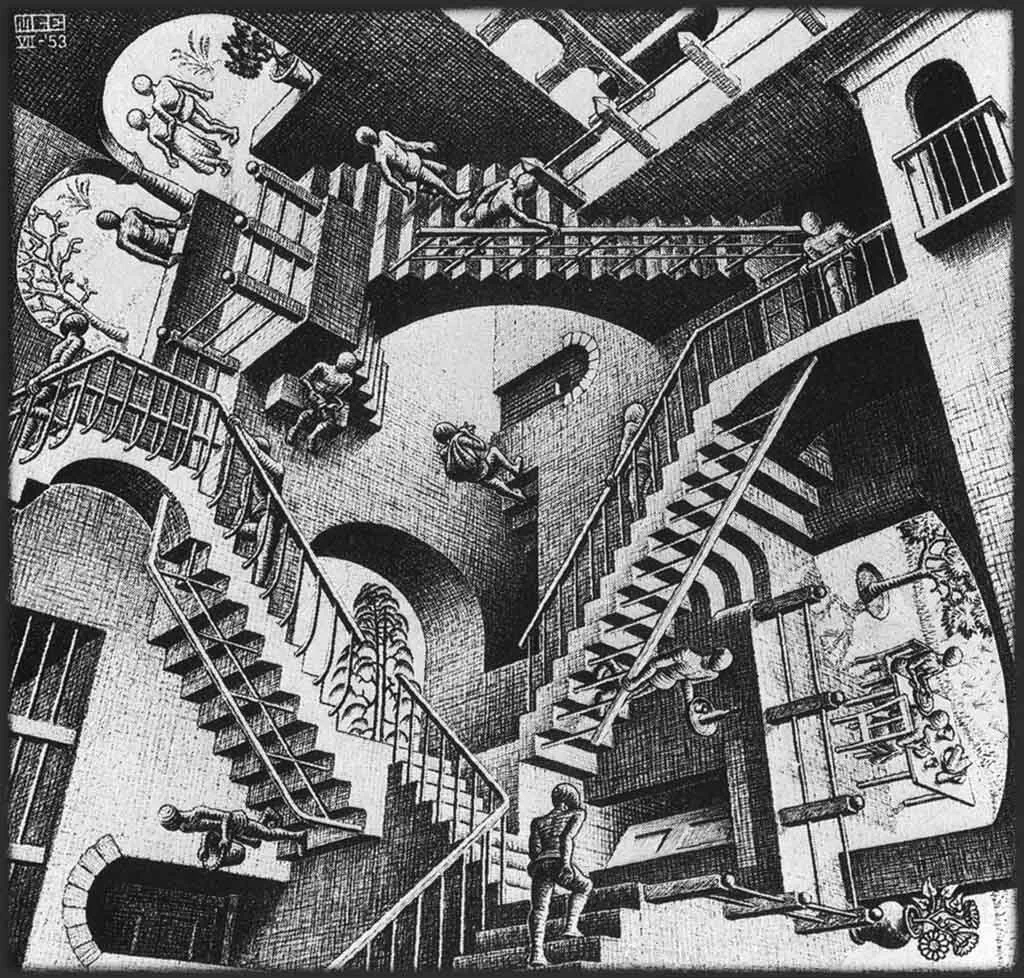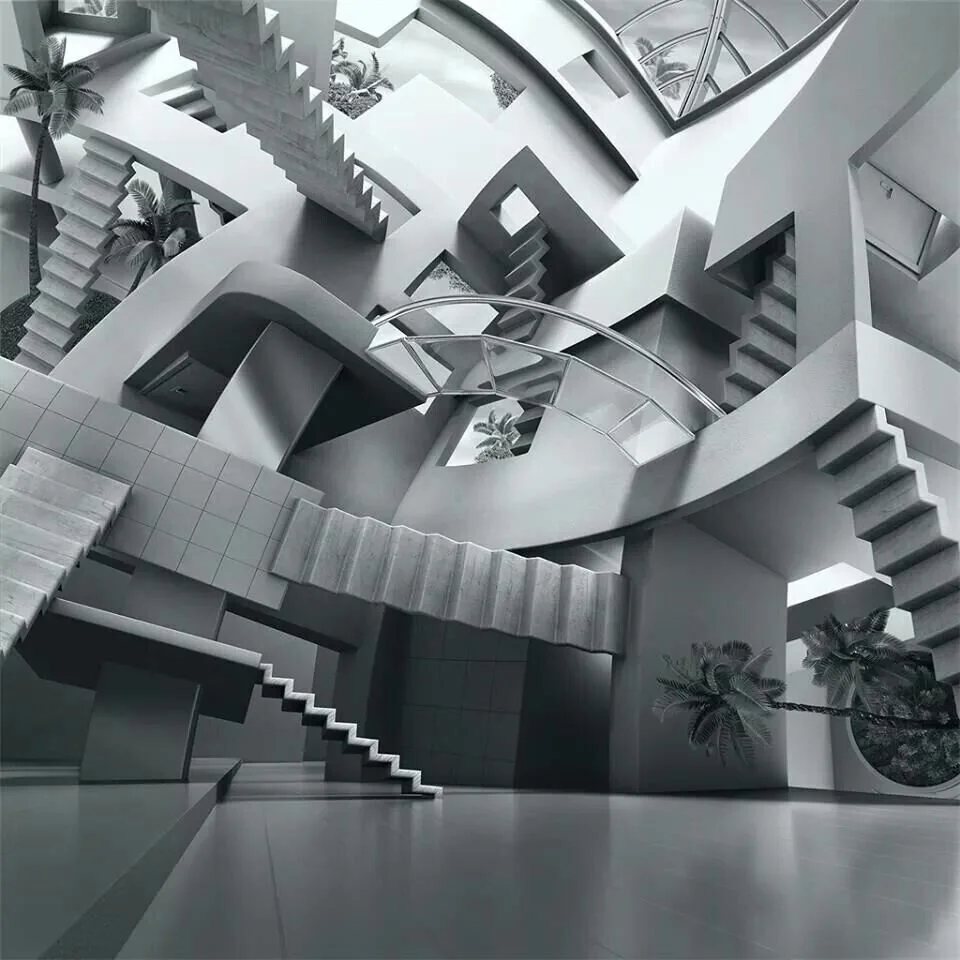Creative Rigor
We wanted to take a moment to share a helpful way to think about design.
Lawyers are associated with analytical thinking. Analytical thinking is a way of approaching a situation and solving problems using logic, facts, and objective reasoning. It seeks to eliminate extraneous information and dissect material into simpler elements. Law school teaches future lawyers to “think like a lawyer,” meaning that the student must learn how to break down complex fact patterns, identify legal issues, apply appropriate legal rules, and then articulate a clear position on how a situation should be resolved.
Analytical thinking is not the sole province of lawyers, mind you. Many people think this way, though the skill should indeed be well-honed and well-practiced within the arena of law.
In design, the thinking construct emphasizes creative thinking over-analytical thinking, but it involves both. Design begins with divergent exploration. Its lens is not fact-based, it is experience-based. This means designers do not accept a situation as it is described, they seek to live the challenge as the person who encounters it does. Design uses experience (observation, empathy, anthropology, and behavioral psychology) as a way to force a new perspective; one gained from exploring the problem as the actual person experiencing it, rather than as an outside observer. The goal here is to discover the right way to think about the problem, removing biases, and avoiding solution-jumping.
Ultimately, design tends to uncover unmet needs, that if met, will better and more holistically address the original problem.
Put more simply - analytical thinking is about finding the right answers. Design is about finding the right questions.
Anyone can do this, just like anyone can think analytically. There are various methods to use and exercises that instigate this type of thinking. And they tend to be fairly straight-forward or even obvious once explained. But thinking or behaving like a designer and actually designing something are two very different things. Just like being a lawyer and thinking like a lawyer are two very different things.
Gaining exposure to thinking in this way allows people to experience the design mindset and process. It is a pathway to execution, but it does not represent execution itself. That is why we emphasize that the completion of tools we share with you is not the goal. Rather the application of the learning these tools generate within your team is the goal. The goal is always on progressing your discovery to learn what questions to ask. Your ability to execute relies on this.
Escher - NOT Design
Not Escher - Idea Into Design
Another quick analogy. If you are an architect, you may use design thinking to uncover a new approach to creating truly accessible buildings that allow seamless and easy movement for those with disabilities. You might land on an amazing construct that promises a fluid and accessible experience for everyone. Now you have to build it! It has to be designed within the bounds of physical materials, local ordinances, and so on.
That is design - making the idea real based on both the possibilities and the constraints of the environment in which the idea will live.


